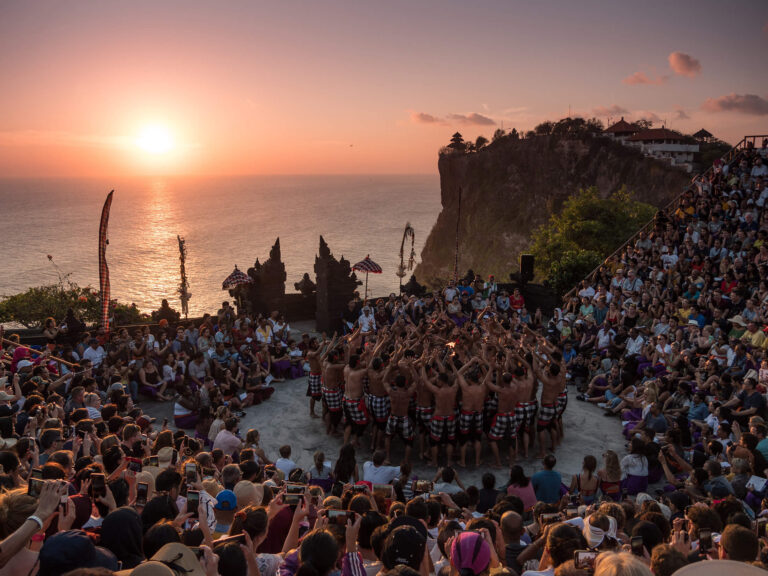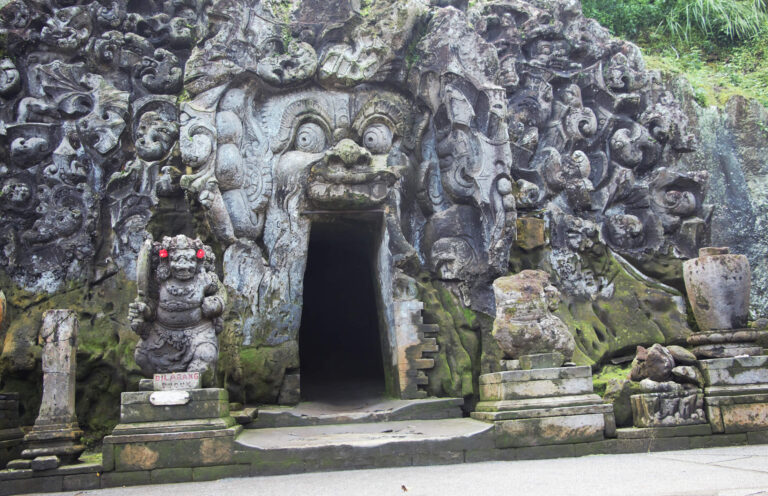Galungan and Kuningan: A Deep Dive into Bali’s Sacred Traditions
Bali, the Island of the Gods, is renowned for its rich cultural heritage and spiritual depth. Among the many festivals celebrated on the island, Galungan and Kuningan hold a special place in the hearts of the Balinese Hindu community. These ceremonies are not just religious rituals but are also deeply rooted in the island’s history, spirituality, and sense of community. For expats and visitors, participating or witnessing these festivals offers a unique insight into the spiritual life of Bali.
What Are Galungan and Kuningan?
Galungan and Kuningan are two of the most important religious festivals in the Balinese Hindu calendar, celebrated every 210 days according to the Pawukon calendar (a traditional Balinese calendar with 30 weeks in a year). Galungan marks the triumph of dharma (good) over adharma (evil), while Kuningan signifies the end of this spiritual battle, with the deities and ancestral spirits ascending back to heaven.
These festivals are based on the belief that during this period, the spirits of deceased ancestors descend from the heavens to visit their descendants. The Balinese people offer prayers and give thanks for these blessings while reaffirming their commitment to upholding dharma in their daily lives.
The Symbolism of Penjors
One of the most recognizable aspects of Galungan is the penjors—tall, intricately decorated bamboo poles that line the streets of Bali. Penjors are more than just decorations; they are spiritual symbols of prosperity and gratitude.
Each penjor carries specific symbolic meanings:
- The bamboo pole represents Mount Agung, Bali’s holiest mountain, which is a connection between the gods and humans.
- **Rice** at the base symbolizes Dewi Sri, the goddess of rice and fertility.
- **Coconuts and fruits** signify prosperity and the abundance of the land.
- The **curved top** symbolizes the peak of Mount Agung and sometimes represents the mythical **naga** (dragon deities) that protect the land.
- **Palm leaves** and **flowers** symbolize purity and divine blessings.
Penjors are erected outside homes, temples, and public spaces to symbolize gratitude for blessings and to welcome ancestral spirits during Galungan. They embody the Balinese philosophy of Tri Hita Karana, which seeks harmony between the spiritual, human, and natural worlds.
The History and Spiritual Significance of Galungan and Kuningan
The history of Galungan is tied to the ancient Balinese legend of the evil king Mayadenawa, who represents the forces of adharma (evil). After a battle led by Indra, Mayadenawa was defeated, symbolizing the triumph of good over evil. This victory is celebrated during Galungan.
The Galungan period is believed to be the time when the ancestral spirits, or Pitara, descend from the heavenly realm to visit their descendants. The Balinese people make offerings and prayers to honor these spirits, who, in return, provide protection and blessings.
The Days Leading Up to Galungan
- Penyekeban (3 Days Before Galungan): Bananas are ripened for offerings.
- Penyajahan (2 Days Before Galungan): Families reflect spiritually and prepare offerings.
- Penampahan (1 Day Before Galungan): Animals are sacrificed in a symbolic act of cutting off negative emotions.
Galungan Day: The Main Event
On Galungan, families visit temples to pray, offer food, and reconnect with each other. Elaborate offerings of food, including traditional Balinese dishes like lawar and satay, are made and shared among family members and neighbors.
On this day, the entire community is involved in visiting temples to pray, asking for blessings from the gods and ancestral spirits. The atmosphere is joyous, with homes decorated, traditional clothing worn, and families spending time together.
Kuningan: The Final Ceremony
Ten days after Galungan, Kuningan is celebrated, bringing the festival to a close. Kuningan is believed to be the day when the spirits of ancestors return to heaven. The day is named after the yellow rice (kuning) that is used in offerings, symbolizing purity and the light of spiritual blessings.
The offerings made on Kuningan are smaller than those on Galungan but are just as significant. Special rituals are performed at family shrines, and once again, families gather to offer their prayers of gratitude. It’s a more introspective day, a time for quiet reflection and expressing thanks for the protection and blessings received.
The Spirituality of Galungan and Kuningan
At the heart of Galungan and Kuningan is the concept of Tri Hita Karana, which emphasizes balance and harmony between the spiritual, human, and natural realms. This philosophy is central to Balinese Hinduism and is vividly expressed during these festivals.
During Galungan, people seek to balance their spiritual lives through prayers and offerings, their community lives through gatherings with family and neighbors, and their relationship with nature by respecting the land and using its resources in offerings.
Community and Involvement as an Expat
Expats and visitors to Bali during Galungan and Kuningan can also take part in the festivities, though with a deep respect for the cultural and religious significance of the events.
- Witness the Penjors: Take a walk through any Balinese village or town, and you will see rows of penjors lining the streets. This is a great way to immerse yourself in the visual splendor of the festival. Many neighborhoods encourage visitors to admire their penjors and decorations.
- Participate in the Offerings: While expats may not partake in all the religious rites, they can still help by assisting in making the daily offerings of flowers, fruit, and rice. Many Balinese families welcome guests to join them in preparing offerings and learning about their significance.
- Visit the Temples: Although certain areas of the temple may be off-limits to non-Hindus, visitors are often welcome to observe the ceremonies from outside the inner sanctums. It is important to dress modestly, wear a sarong, and always follow temple etiquette.
- Join Community Feasts: Balinese communities often hold large communal meals during Galungan and Kuningan. If invited to join, this can be a great way to experience the hospitality and warmth of the Balinese people.
After Galungan: What Happens?
The festive spirit of Galungan does not end on the day itself. In the days that follow, families continue to visit each other’s homes, exchanging gifts and sharing food. On Kuningan, the final ceremonies are performed, but the social aspect of the festival lingers, with gatherings and celebrations continuing for a few days afterward.
Conclusion
Galungan and Kuningan are much more than religious celebrations—they are a time for the Balinese to reconnect with their spiritual roots, honor their ancestors, and strengthen bonds within the community. For expats living in Bali, the festival offers a meaningful way to engage with the local culture, participate in community events, and learn more about the deep spiritual life that permeates Balinese society.
With its vibrant penjors, communal gatherings, and deep spiritual significance, Galungan and Kuningan offer a unique glimpse into Bali’s cultural and religious heart. Whether observing or participating, this is a time when the island truly comes alive with devotion and gratitude.







